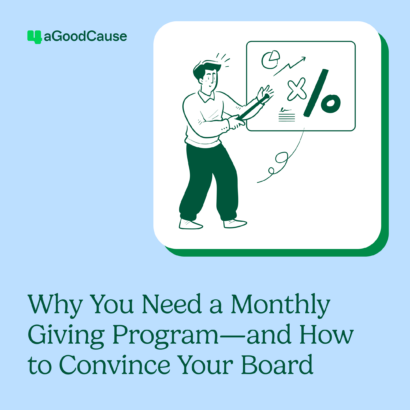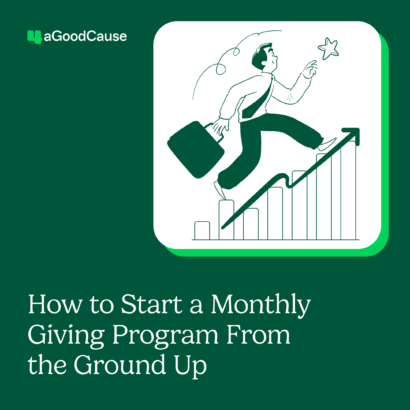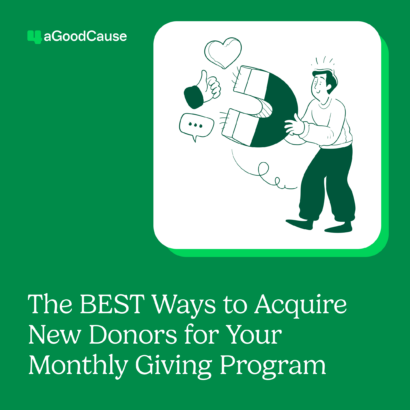I’ve heard the buzz among good causes; they have seen great ROI when it comes to using Facebook and are comfortable enough with social media to take the next logical step by adding another platform.
In the past, I’ve blogged about social media in general or about Facebook for nonprofits. Today, I’m going to give you a few tips for another channel—Twitter.
Why Twitter for nonprofits?
While Twitter may seem similar to Facebook, people use the two very differently. Facebook is a much more personal social channel. People tend to associate with closer connections—family, friends, organizations they are passionate about or work for. Organizations on Facebook are usually engaging with people already committed to their cause, which means Facebook is the perfect place for fostering donor loyalty and soliciting donations.
People consider Twitter to be more of a networking platform; it is where people learn about new businesses and organizations. A follow on Twitter is viewed as less of a commitment than a “like” on Facebook so people are willing to follow organizations that look interesting. They will also mention organizations and retweet posts from organizations not because they are involved with them, but simply because they appreciate the content. For these reasons, Twitter is great for building brand awareness and making new connections.
The stats
Here are some statistics to prove that your nonprofit needs to be on more than just Facebook and, more specifically, on Twitter:
- #GivingTuesday 2014 raised 63% more than 2013 (FYI: #GivingTuesday 2015 is December 1st)
- 60% of Millennials donate an average of $481 to nonprofits each year (Millennials are big Twitter users!)
- Nonprofits saw a Twitter follower growth of 37% in 2014
- 47% of Americans learn about a nonprofit from the internet, specifically social media
- Using Twitter during fundraising events can result in 10X more money raised online
Twitter content ideas for nonprofits
If you need an introduction to Twitter before diving into these ideas check out Twitter’s 101information and this post on understanding hashtags. If you have a handle on the platform and are more interested in content ideas for Twitter, I have you covered:
- Use a Twitter Lead Generation Card to collect leads – Although you find Twitter Cards under the “Twitter Ads” section, you can use them for free. Lead generation cards allow you to collect user information with just a few clicks. For example, your card can have a CTA to sign up for your newsletter; all the user has to do is click “sign up” and the email associated with their Twitter account is sent to you. Easy for everyone. Win-win.
- Use different hashtags – While #nonprofit is a great hashtag to get you started, mix it up. Find hashtags relevant to your cause and to your community. People search by hashtags, so each new hashtag will expose you to a whole new audience. That being said, don’t overload your tweets with hashtags. It makes your tweet look like spam.
- Mention people – It is completely acceptable to mention other organizations in your tweets. This is a perfect opportunity for you to open up communication between your organization and organizations you would like to partner with in the future.
- Use images – Have a quote or stat you want to share that is more than 140 characters? Create a graphic with the information and tweet it. Quotes and stats are always popular, but when they are in image format they have an even higher retweet rate. Make sure to put your logo and website on these images so no matter where it gets retweeted from, your organization is getting the credit and exposure.
There is no doubt that Twitter’s fast-paced nature can be a little overwhelming; if you are intimidated to start a business account, create a personal account and play around with it for a week and then start your business account. Twitter is an important platform for nonprofits, so do what you need to do to become comfortable and start tweeting!



